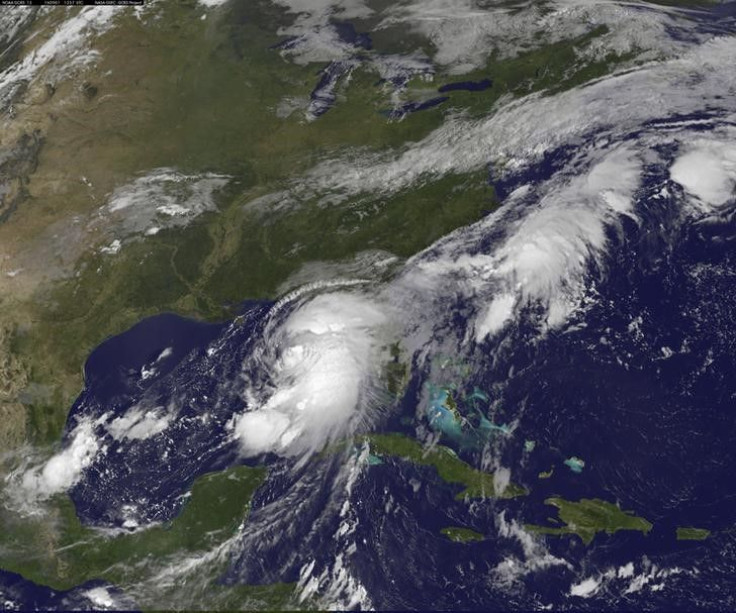Hurricane Hermine Live Updates: Category 1 Storm Makes Landfall Along Florida Coast

Hurricane Hermine made landfall early Friday along Florida's northern Gulf Coast. The Category 1 storm, which had maximum sustained winds of 80 mph, is the first hurricane to hit the state since Wilma struck 11 years ago.
After the landfall, several parts of Florida reported 5 inches of rain as more than 70,000 households in Tallahassee and thousands more along the coast were left without electricity. The governor warned people Hermine would be life-threatening, and it also poses a Labor Day weekend threat to states along the northern Atlantic Coast that are home to tens of millions of people.
"Hurricane Hermine is strengthening fast and it will impact the majority of our state," Florida Governor Rick Scott said in a late-evening bulletin.
Tornado warnings have been issued throughout northern Florida Friday as the National Hurricane Center extended a tropical storm watch to Sandy Hook, New Jersey.
Satellite imagery of #Hermine making landfall. Record-long hurricane free streak ends for FL-1st since Wilma 2005 pic.twitter.com/PwPUOWG5qF
— Kerrin Jeromin (@KerrinJeromin) September 2, 2016
After hammering coastal Florida with rain and string winds, Hermine is expected to weaken and move across the northern part of the state into Georgia, then southern U.S. coastal regions on the Atlantic.
As Hermine upgraded to a hurricane from a tropical storm, mandatory evacuations were ordered in parts of five counties in northwestern Florida, with voluntary evacuations in at least three more counties. Emergency shelter homes were also being offered to those displaced by the storm.
Diane Kacmarik: Flooding across Gulfview Blvd. Clearwater Beach 1 am. Thanks Katarina. pic.twitter.com/TArt5fRW3i
— Spectrum Bay News 9 Weather (@bn9weather) September 2, 2016
© Copyright IBTimes 2024. All rights reserved.











